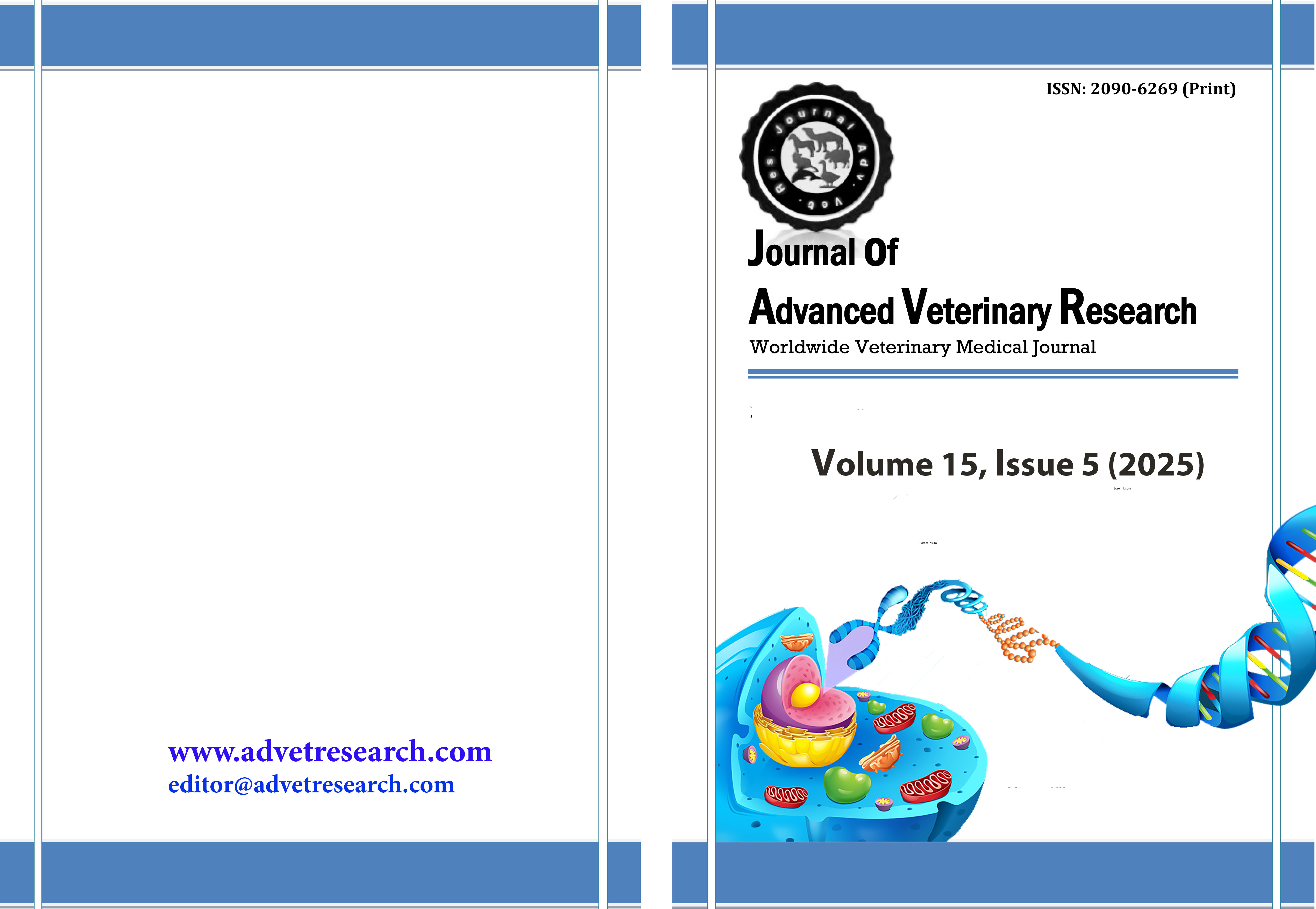Study of physic-organoleptical characteristics of functional pellets based on fermented tofu and cassava dregs with different types and binder levels
Keywords:
Physical- organoleptic, Fermentation, Pellets, Tofu pulp, Cassava dregsAbstract
Feed plays an important role in livestock productivity. Local raw materials such as tofu pulp and cassava pulp have potential as poultry feed, but must first be processed to increase their nutritional value. Fermentation with fermented vegetable extract (FVE) 2019 can improve feed quality by increasing protein and reducing crude fiber. Feed efficiency can be improved through pelletization, as it reduces scattered particles. The addition of binders such as cassava flour, corn flour, or molasses in pellets plays a role in improving stability and feed distribution efficiency. Fermentation and pelletization methods are highly effective in preparing poultry feed based on local materials. This study aimed to investigate the effect of functional feed pellet production based on fermented tofu and cassava pulp with various binders and concentration levels on its physical-organoleptic characteristics. This study uses a completely randomized design (CRD) with a 3 × 3 factorial pattern and 5 replications. The first factor was the type of binder, namely B0 (molasses), B1 (corn flour), and B2 (tapioca flour). The second factor was the binder concentration, namely A0 (0%), A1 (2.5%), and A2 (5%). The parameters observed in this study were physical quality (hardness, PDI, and moisture content) and organoleptic quality (color, odor, and texture). The results of this study indicate that pellets supplemented with 5% molasses binder can maintain organoleptic characteristics, as seen in the interaction of pellet color parameters. Long-term storage of pellets can reduce their physical and organoleptic quality.
Downloads
Published
How to Cite
Issue
Section
License
Copyright (c) 2025 Journal of Advanced Veterinary Research

This work is licensed under a Creative Commons Attribution-NonCommercial-NoDerivatives 4.0 International License.
Users have the right to read, download, copy, distribute, print, search, or link to the full texts of articles under the following conditions: Creative Commons Attribution-NonCommercial-NoDerivatives 4.0 International (CC BY-NC-ND 4.0).
Attribution-NonCommercial-NoDerivs
CC BY-NC-ND
This work is licensed under a Creative Commons Attribution-NonCommercial-NoDerivatives 4.0 International (CC BY-NC-ND 4.0) license




